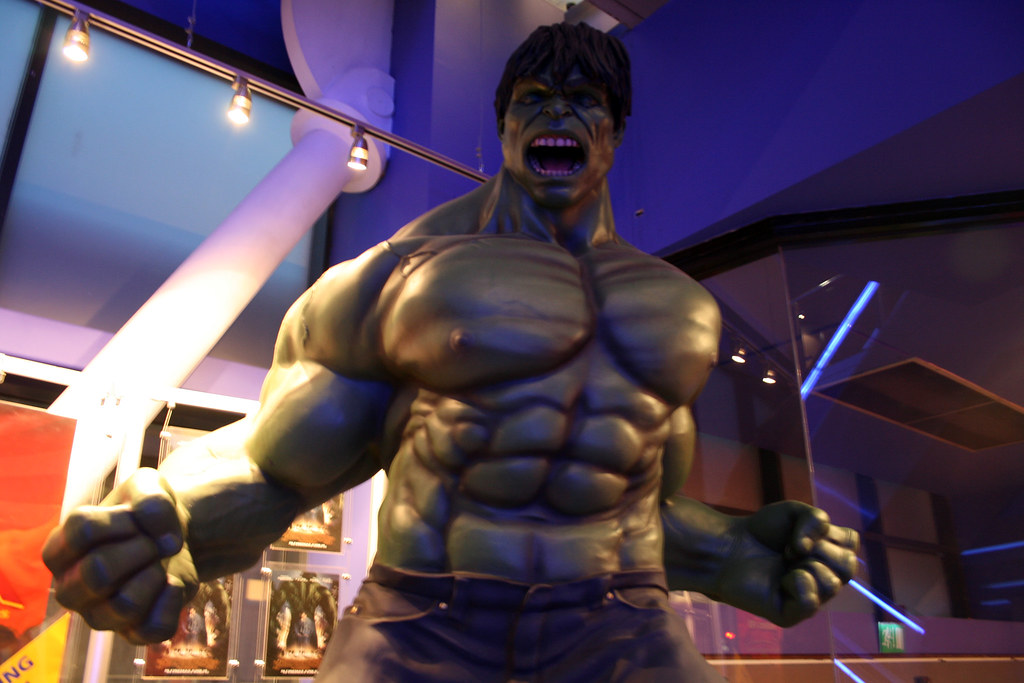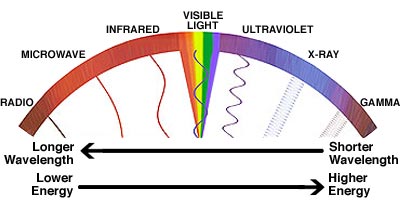Our kids rock! But you wouldn't know that if you listened to the doom and gloom that's often reported in the mainstream news. Disparity sells, and there are always more stories about kids doing bad in school and failing tests than there are with our kids achieving. Positive programs never get the attention that they deserve, even national ones with a great track record like Future City. From the website:
The Future City Competition is a national, project-based learning experience where students in 6th, 7th, and 8th grade imagine, design, and build cities of the future. Students work as a team with an educator and engineer mentor to plan cities using SimCity™ software; research and write solutions to an engineering problem; build tabletop scale models with recycled materials; and present their ideas before judges at Regional Competitions in January. Regional winners represent their region at the National Finals in Washington, DC in February.
Last weekend I had the pleasure to serve as a judge for the Wisconsin Regional finals at the Kern Center for the Milwaukee School of Engineering (MSOE). It's a beautiful gym and it was fun to see all of the students carrying their city models that they built out of recycled materials into the center. Here's a pic from the outside at the wonderful time of about 7:30am. The white truck in the background is from a Fox news van that was covering the event.
The judges sat in a room and teams would come in and give a short presentation and Q&A session. The teams spoke about their ideas on how to solve transportation using the model that they built, and had moving parts and visual aids. The models themselves were quite cool as they were made of recycled parts - everything from Starbucks cans to computer speakers.
Unfortunately, as a judge i could not take photos of the individual science models, but below is a photo of the main hall. You can see quite a few well-dressed kids next to their visual aids, ready to explain the feats that their city accomplishes.
I left the event pumped and optimistic for the future of science in our country. We are in good hands, but we can't get lazy - we need to encourage this spirit of innovation in ALL grades. Once kids find out that #ScienceLooksGood, they'll help move us to the next era.
Also, the title to this post refers to one of my favorite songs, the Greatest Love of All by Whitney Houston. I had to learn this song while attending the YMCA as a kid.
Not to be outdone, the Eddie Murphy film Coming to America featured a hilarious rendition of Greatest Love of Y'all by Randy Waaaatttttttssssoooooonnnnn and Sexual chocolate.















